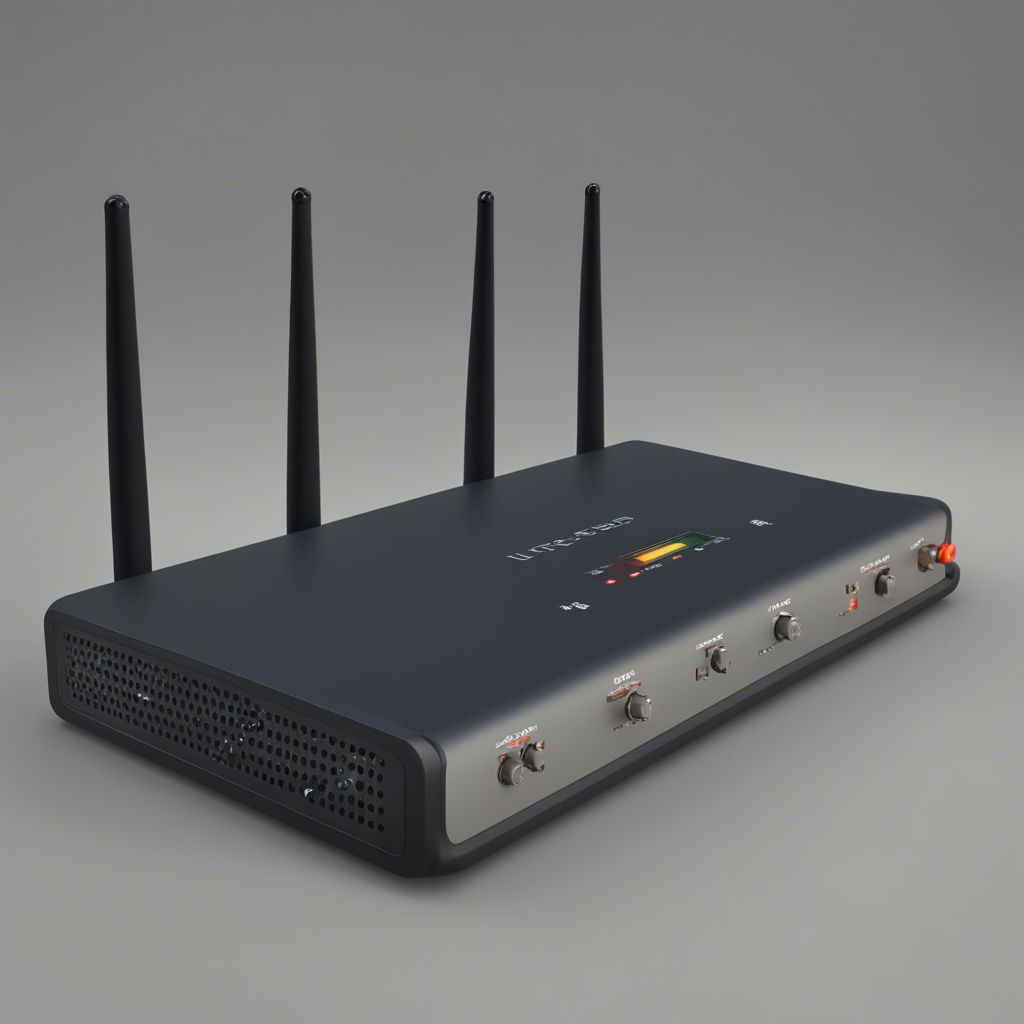
Optimizing Your Smartphone’s Battery Life
In today’s digital age, smartphones have become an integral part of our lives. We rely on them for communication, entertainment, and staying connected with the world around us. However, one of the most common frustrations smartphone users face is a quickly draining battery. In this blog post, we will explore various tips and tricks to optimize your smartphone’s battery life. By following these recommendations, you can ensure that your device lasts longer between charges, allowing you to stay connected without interruptions.
1. Adjust Screen Brightness
One of the most significant drains on your smartphone’s battery is the screen brightness. By default, most phones have their brightness set to high, which can quickly deplete your battery. To optimize battery life, it is recommended to manually adjust the screen brightness to a lower level. You can do this by accessing the display settings on your device. Additionally, enabling the auto-brightness feature can help your smartphone adjust the screen brightness according to ambient lighting conditions.
2. Reduce Screen Timeout
Another effective way to save battery power is by reducing the screen timeout duration. When your phone’s screen remains on for an extended period, it consumes a significant amount of battery. By shortening the screen timeout duration, your device will automatically turn off the display after a certain inactive period, preventing unnecessary battery drain. You can adjust the screen timeout settings within the display or lock screen settings on your phone.
3. Enable Battery Saver Mode
Most smartphones come equipped with a battery saver mode, which is designed to extend battery life by limiting various functionalities. When enabled, this mode conserves power by reducing background processes, limiting app updates, and disabling certain features. Battery saver mode can be accessed through the battery or power settings on your device. It is particularly useful when your battery is running low, and you need to make it last for a longer duration.
4. Manage App Notifications
App notifications are a convenient way to stay updated on important information. However, having multiple apps constantly sending notifications can drain your smartphone’s battery quickly. To optimize battery life, it is advisable to manage app notifications and disable them for unnecessary or less important apps. This will prevent unnecessary background processes and reduce battery usage.
5. Restrict Background App Refresh
Many apps on your smartphone run in the background and refresh regularly to provide up-to-date information. While this can be useful, it can also consume a significant amount of battery power. To optimize battery life, you can restrict background app refresh for non-essential apps. This will prevent them from constantly running in the background, conserving battery power for essential tasks. You can find these settings under app permissions or background app refresh settings on your device.
6. Disable Unnecessary Connectivity Features
Connectivity features such as Wi-Fi, Bluetooth, and GPS can significantly impact your smartphone’s battery life if left enabled when not in use. It is essential to disable these features when you are not actively using them. Additionally, enabling airplane mode in situations where you do not require connectivity can save a considerable amount of battery power. These settings can typically be accessed through the quick settings panel or the settings menu on your device.
7. Optimize Push Email and Sync Settings
Email synchronization and push notifications are convenient, but they can also drain your smartphone’s battery quickly. To optimize battery life, it is advisable to adjust your email and sync settings to manual or longer intervals. This will prevent your device from constantly checking for new emails or syncing data with online accounts, reducing battery usage significantly. You can customize these settings within the email or account settings on your phone.
8. Minimize Widget and Live Wallpaper Usage
Widgets and live wallpapers may add visual appeal to your smartphone’s home screen, but they also consume system resources and drain your battery. To optimize battery life, it is recommended to minimize the usage of widgets and live wallpapers. Consider removing unnecessary widgets and opting for static wallpapers instead. This simple adjustment can make a noticeable difference in prolonging your device’s battery life.
9. Keep Apps and Software Up to Date
Software updates often include bug fixes, performance improvements, and battery optimizations. Ensuring that your smartphone’s software and apps are up to date can help optimize battery life. Developers often release updates to address battery-draining issues or streamline power consumption. To check for updates, access the settings menu on your device and look for the “Software update” or “System updates” option.
10. Monitor Battery Usage
Lastly, it is vital to monitor your phone’s battery usage and identify any apps or processes that are consuming an unusual amount of power. Most smartphones provide detailed battery usage statistics, which can be found within the battery or power settings. By analyzing this data, you can identify power-hungry apps, adjust settings, and make informed decisions to optimize your battery life effectively.
In conclusion, optimizing your smartphone’s battery life is crucial for uninterrupted usage throughout the day. By implementing the tips and tricks discussed in this blog post, you can maximize your battery performance and reduce unnecessary power consumption. Remember to adjust screen brightness, enable battery saver mode, manage app notifications, disable unnecessary connectivity features, and keep your apps and software up to date. By taking these steps, you can ensure that your smartphone lasts longer between charges, enhancing your overall user experience.
Note: All information provided in this blog post is based on general knowledge and research. Readers are encouraged to refer to their specific device’s user manual and consult official manufacturer resources for detailed instructions and recommendations.






